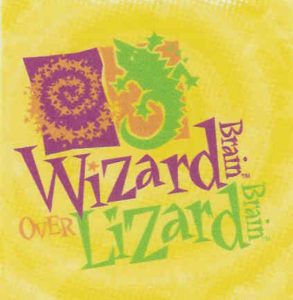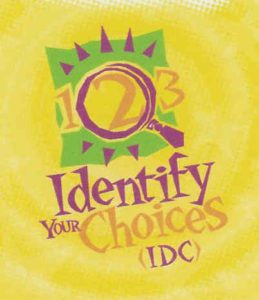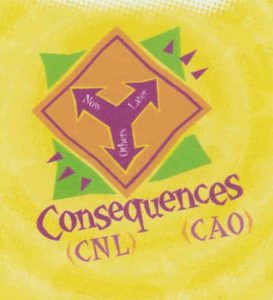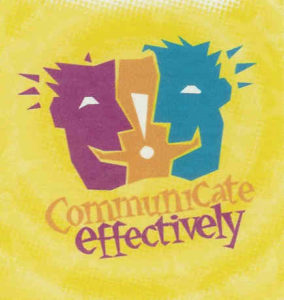The 10 Wise Ways
The “10 Wise Ways” approach to teaching social and emotional skills is based on a multi-disciplinary framework that forms a comprehensive model to teach these critical thinking skills.

In order to stop and think, thinking skills must be learned to engage the section of the brain where problems are assessed and analyzed before responding. Otherwise, the reptilian or “lizard” part of the brain – the section housing emotions and the fight or flight response – takes over, triggering impulsive, non-thinking responses.

Awareness of people and what resources to go to for help involves knowing how to evaluate the type of help you need and identifying the best place to get it. This includes learning how to recognize people who will help you succeed, and understanding why people close to you may not be able to give you the support you need.

Thinking skills involve recognizing internal (what you feel inside) and external (what you see or do) red flags. The red flags warn of something about to happen, and awareness of these warning signals gives you time to stop and think.

Think of emotions as an elevator in a ten-story elevator – the higher up the elevator rises, the more intense the emotion and the probability of Lizard Brain responses. A number of strategies help keep emotions low or off the elevator, including control self-talk, stop talking, leave the situation, redirect the emotions, deep breathing and relaxation methods, and recognizing and changing Lizard Brain response patterns.

The root of many problems is the inability to separate fact from opinion. A fact is what you know to be true, an opinion is what you think is true. Used in conjunction with Wise Ways 1-4, the process of separating fact from opinion is easier to understand and do.

Having access to the right information requires the ability to recognize what questions to ask, and knowing how to ask them. This involves integrating Wise Ways 1-5 into the question asking process.

People who use their Lizard Brain respond one way–believing they have no choice in their actions. This creates a feeling that their lives are controlled by fate, luck, chance or powerful others. Wizard Brain thinkers recognize that they have more than one choice and use thinking skills to identify and analyze all of their choices, so they make the best choice possible.

Consequences Now and Later (CNL), Consequences Affecting Others (CAO). Wizard Brain thinkers are aware of the consequences of their choices. They use thinking skills 1-7 to help them assess and analyze the consequences of their choices now, the consequences later (CNL), and the consequences affecting others (CAO).

Wise Ways 1-8 help build a foundation to understand the importance of setting goals and making plans to reach them. Within this framework, it is easy to build connections among and between the Wise Ways, creating awareness of the importance of goals, and why successful achievement must be accompanied by a plan to reach those goals.

Using “I” Messages, taking other people’s Points of View (POV), using Positive Body Messages, and using Assertive Statements. Communication involves using all the 10 Wise Ways, not at the same time, or in the order learned, but integrated throughout conversations, using different methods to send and share information. Effective communication involves using thinking skills to deliver information and messages clearly.